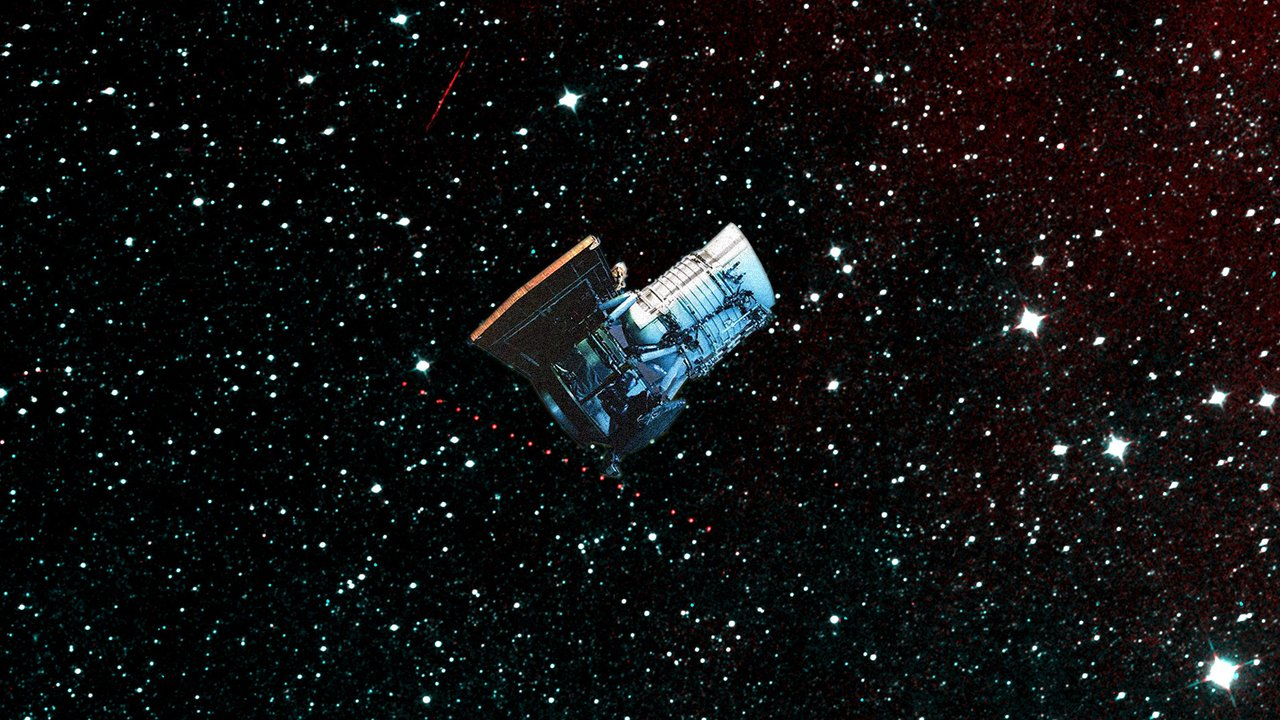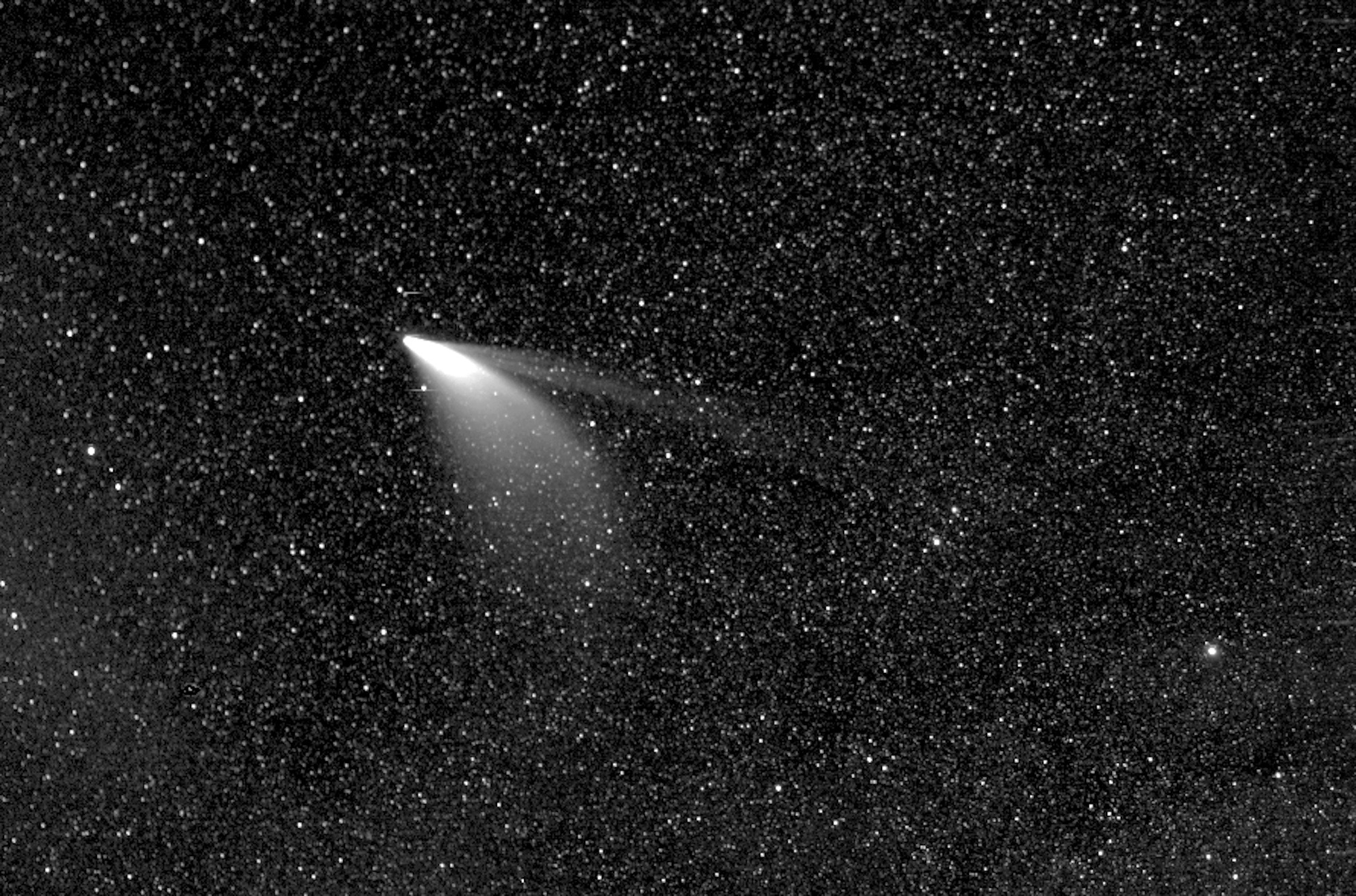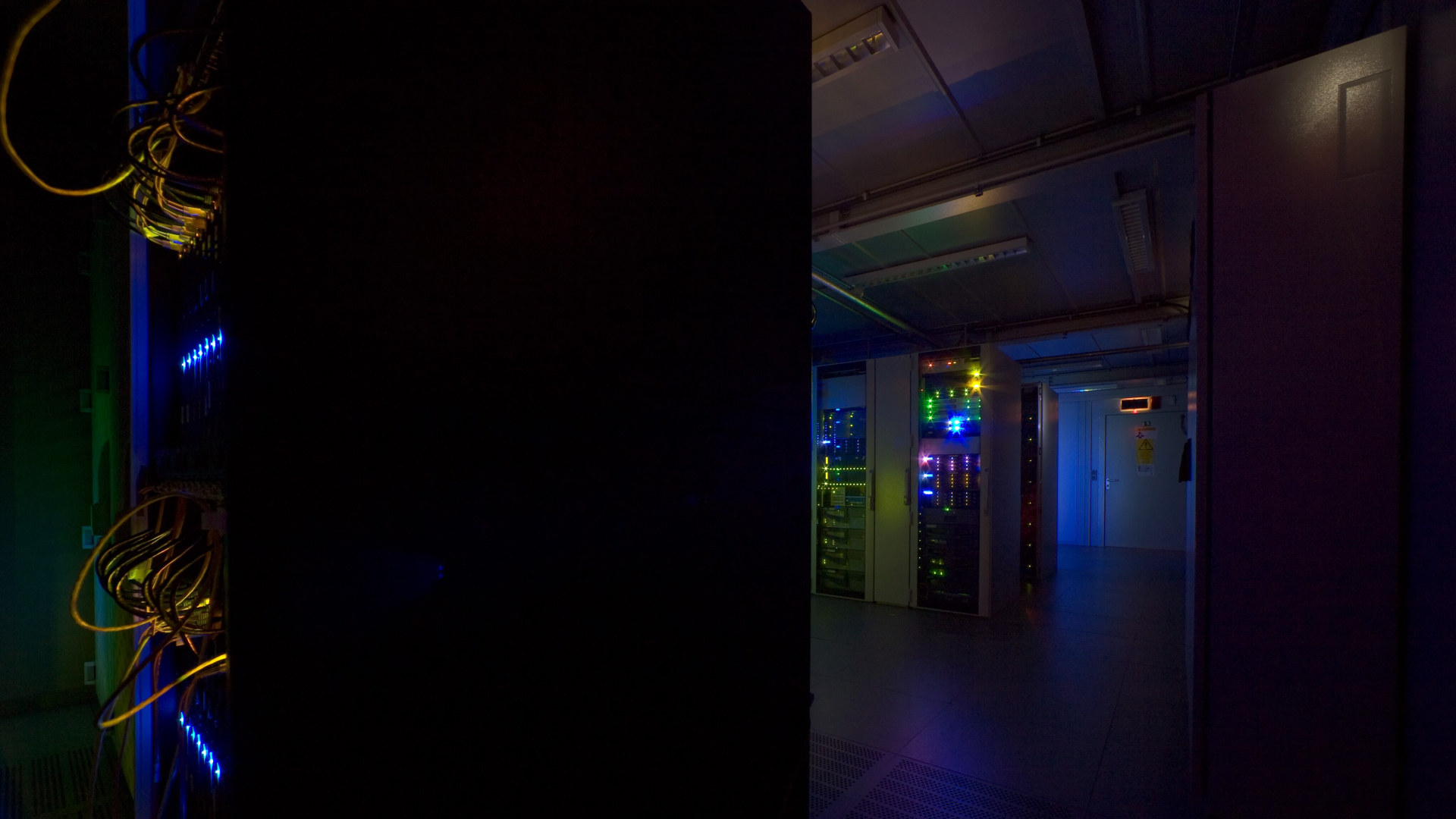NASA's 15-year-old NEOWISE asteroid hunter meets fiery doom by burning up in Earth's atmosphere
NEOWISE spent nearly 15 years in space across two missions.

NASA's venerable asteroid-hunting spacecraft is no more.
The NEOWISE spacecraft from NASA, which surveyed 3,000 near-Earth objects such as asteroids in its lifetime, burned up in the atmosphere as expected on Friday (Nov. 1), the agency announced.
NASA confirmed the spacecraft's demise on X, formerly Twitter, on Saturday (Nov. 2). While it's the end for NEOWISE, NASA continues to look for stray asteroids with a network of partner telescopes on Earth. A successor asteroid hunter may also launch soon.
NEOWISE was originally launched as WISE (the Wide-field Infrared Survey Explorer) in December 2009, aboard a United Launch Alliance Delta II rocket.
Related: After 14 years in space, NASA's prolific NEOWISE asteroid-hunter is about to shut down
WISE's job was to scrutinize the universe in infrared (or thermal) wavelengths, and it did that for more than a year. It found "the most luminous galaxies in the cosmos, finding millions of hidden black holes, and discovering the coolest class of star," NASA officials wrote in a mission summary.
The spacecraft needed coolant to function properly, and when that depleted as expected, engineers put the spacecraft in hibernation in February 2011. With funding came a "second act," as NASA termed it, of the mission: now called NEOWISE, or Near-Earth Objects Wide-field Infrared Survey Explorer, it began looking for bodies much closer to our planet instead.
Breaking space news, the latest updates on rocket launches, skywatching events and more!

The repurposed mission was due in large part to luck, then-NEOWISE principal investigator Amy Mainzer, of NASA's Jet Propulsion Laboratory in California, noted in 2019: "It turned out to be pretty good at picking up asteroids," she said during a media briefing at the Lunar and Planetary Science Conference in The Woodlands, Texas.
The spacecraft proved adept at its new task, concluding its mission after having "surpassed all expectations and provided vast amounts of data that the science community will use for decades to come," Joseph Hunt, NEOWISE's last project manager at JPL, said when the mission's end was announced in June.
NEOWISE's demise was due to the solar maximum, or the height of the sun's 11-year cycle of activity. At solar maximum, there are more frequent and powerful solar flares and coronal mass ejections, which heat up and expand Earth's atmosphere. NEOWISE had no propulsion system on board and, being in low Earth orbit, had no way of boosting itself, so it was slowly dragged down to its death.
The successor mission, NASA's NEO Surveyor (Near Earth Object Surveyor), will be the first space telescope that will be specifically designed to hunt near-Earth objects in infrared wavelengths. It is expected to launch in late 2027 for planetary defense, according to a statement issued by NASA earlier this year.

Elizabeth Howell (she/her), Ph.D., was a staff writer in the spaceflight channel between 2022 and 2024 specializing in Canadian space news. She was contributing writer for Space.com for 10 years from 2012 to 2024. Elizabeth's reporting includes multiple exclusives with the White House, leading world coverage about a lost-and-found space tomato on the International Space Station, witnessing five human spaceflight launches on two continents, flying parabolic, working inside a spacesuit, and participating in a simulated Mars mission. Her latest book, "Why Am I Taller?" (ECW Press, 2022) is co-written with astronaut Dave Williams.
